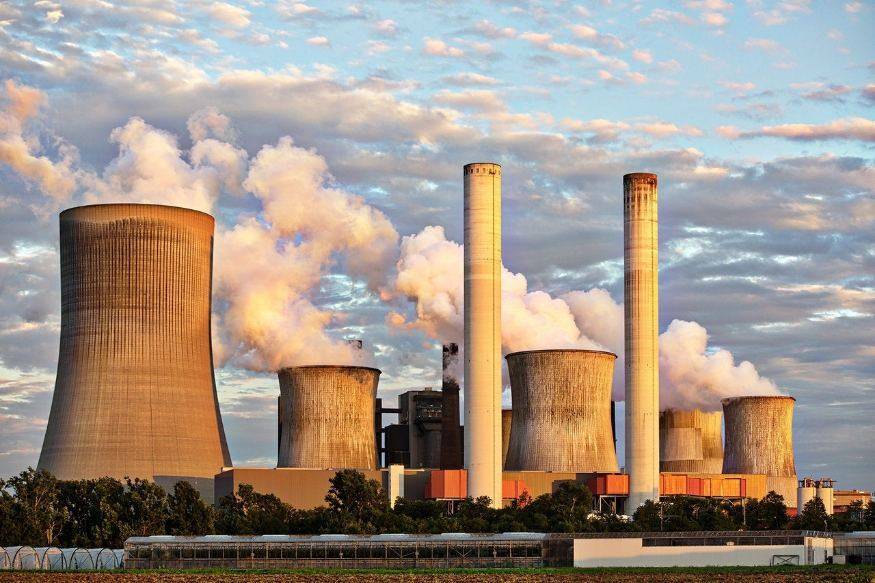- CatalogTop
Full catalog list - Food & BeveragePopular
Popular packed food and beverages
- Beauty & Self Care
Beauty and personal self-care products - Home & Garden
Home and garden supplies and accessories - Board Games
Most popular board games from Latin America - BrandsAll brands
Full list of all brands in the store. Browse all brands - IndustriesNew!
Filter products by desired business category - Services
See all services - See All Products
See full list of all products - Companies
Companies list
The South American Market of natural gas

Among agreements and state companies, there lies one of the most, if not the most, required and desired raw materials in the world. Natural gas is widely used for different reasons, among the main ones are: transportation, given the fact that it is a cheaper alternative to automobile fuels in the form of CNG, such as gasoline; for fertilizers, since it is important in the production of ammonia, widely used in the fertilizer production; for producing protein rich animal and fish feeding.
However, the main use for the natural gas is energetic, for power generation. When traded, there are two ways of transporting it: in its gaseous form, or in its liquid or liquefied form. When gaseous, it is sent through long pipelines, which is a cheap way of transporting when possessing the infrastructure. In the liquefied form, the gas gets cooled for transportation in tanks without the need of going through kilometers-long pipes.
In Latin America, the main supplier of gaseous natural gas if Bolivia. The Bolivian government nationalized the hydrocarbons in 2004 so that they could be managed by the Bolivian Fiscal Oil Fields (YPFB), a state company that contributes resources to the public treasury. Bolivia already had an export agreement signed with Brazil in 1999 and with Argentina, also adjusted in 2004. The export contracts fixed a price indexed to the Bolivian premium higher than the international price.
Brazil is the main importer of Bolivian natural gas, with almost 60% if the total. In 2018, 15% of the electricity of the country was generated by this hydrocarbon. Among the total, 30% of the gas was Bolivian. Since 2015, imports have shown a downward trend due to the change in the electrical energy matrix in Brazil due to the expansion of alternative energy projects.
The remaining 40% of the Bolivian natural gas goes to Argentina. Its import began in the 70's and reached its highest point in 2017. Argentina is the largest producer of natural gas in Latin America. Natural gas is the most applied source of energy in the country an the internal production was not enough. Then, it imported the gaseous natural gas from Bolivia and liquefied from Trinidad and Tobago and the United States. In 2018, 70% of the generated electricity came from this hydrocarbon.

The graphic shows the exports of natural gas from Bolivia to Brazil (blue) and Argentina (orange), measured by megatons.
In June 2020, the Argentinian Government breached the contract because the Bolivian administration of Jeanine Áñez requested an advance on the import payments. Three months later, YPFB did not reach the annual production agreed in the stipulation. With this, the pact between the two countries underwent a revision and meant that, in 2021, Argentina would import smaller quantities of gas at a lower cost. However, on December 24, 2020, the newly re-elected government of Bolivia announced the discovery of a great field of natural gas in the southern area, managed by the Spanish companies Repsol, the Anglo-Dutch Shell and the Argentine Pan American Energy. This finding could lead to a new agreement with Argentina. The export of natural gas is indispensable for the Andean country because of its importance for tax revenues and international reservations.
There are two major exporters of liquefied gas in Latin America: Trinidad and Tobago and Peru. The former is the largest seller of liquefied natural gas in the region and has an export-oriented oil industry. The largest present companies are Repsol, Shell, British Petroleum (England) and Phoenix Park Gas Processors Limited (USA). In 2019, Trinidad and Tobago was the world's tenth exporter of liquefied gas to all continents. Its main market was USA, Spain, Dominican Republic and China.
Peru is the second largest exporter of liquefied natural gas in the region. Like Bolivia and Trinidad and Tobago, Peruvian production goes mainly abroad. From 2013 to 2017, the main buyer of Peruvian gas was Mexico. The pact was agreed in 2004 by Repsol for sale to the Mexican Federal Energy Commission (CFE) for 18 years, In 2014, Shell bought the deal. The Mexican and Peruvian press strongly criticized the gas trade agreements since its signing. In Mexico, it was argued that the Peruvian supply would not be sufficient for the huge Mexican demand. The Peruvian argument was due to the suspicion of foul play in the establishment of the agreement. In each region, the Henry Hub determines the rice. However, in North America the price has plummeted since 2010, resulting in an abysmal difference between zones. This valuation spread leaves an extraordinary profit for the contract administrator by buying at the lowest value in the world and selling at the international rate. The gas arrived in Manzanillo for re-export to the United States.

This graphic shows the exports of liquefied natural gas from Peru to the different countries of Asia and Europe, measured by megatons.
There are efforts being made for Peru to stop exporting to Mexico and ship to Asia, where profitability is higher, South Korea has growing import trend as China has shown interest in controlling liquefied natural gas in Peru with the purchase of Luz del Sur from North American Sempra Energy, the main supplier of liquefied natural gas in the country.
Natural gas is presented as an alternative to oil because it is less polluting. However, the shift from the energetic matrix to cleaner and more sustainable energies, such as hydro, wind and solar power, is starting to lose ground in environmental policies. Latin American countries will continue with the production of natural gas because of its importance in electricity generation, international trade and tax revenues.
References
© 2017 - 2024, Directoro.com, or its affiliates. Trademarks are the property of their respective owners.

